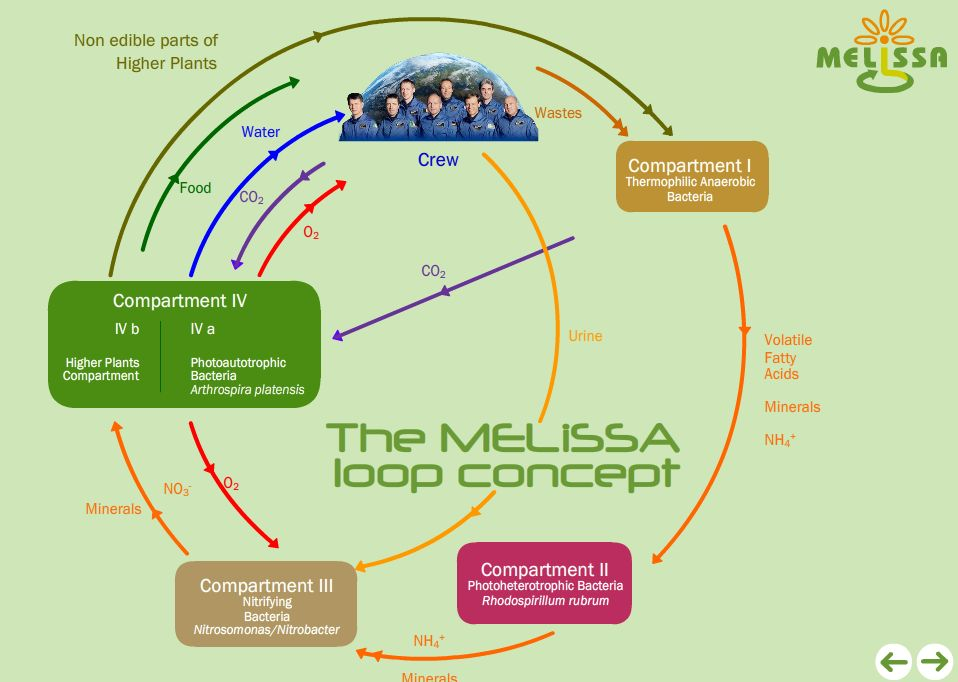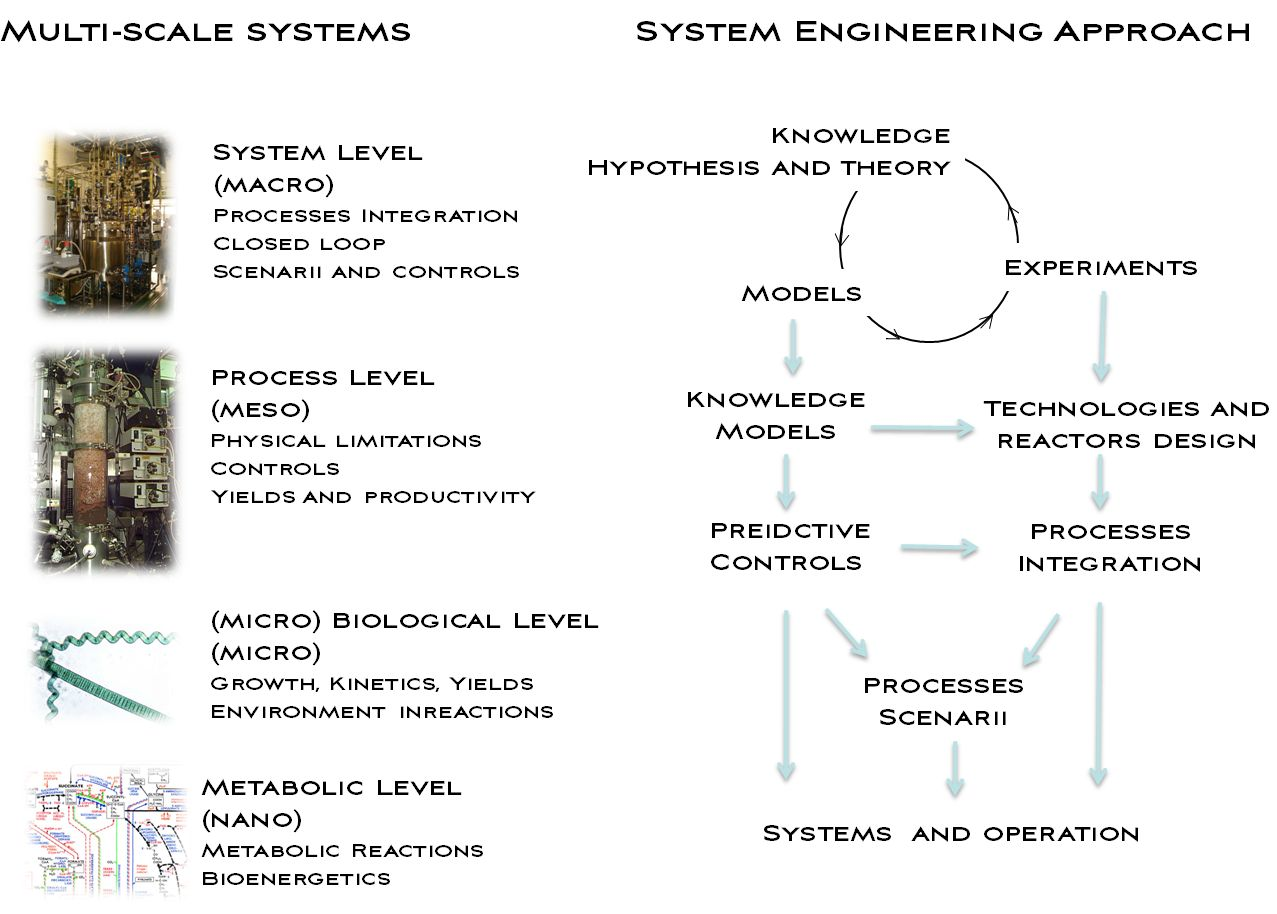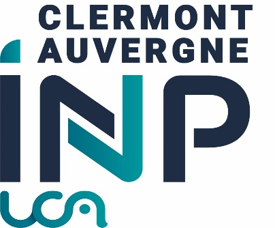 |
European Space Agency (ESA) closed artificial ecosystem as life support sub-system for long-term space missionsContacts : C. Creuly , L. Poughon, JF. Cornet, C.G. Dussap Dedicated website : ESA-ESTEC |
Context
The artificial closed ecosystem MELISSA (Micro Ecological Life Support System Alternative) has been conceived as a micro-organisms and higher plants based ecosystem intended as a tool to gain understanding of the behaviour of artificial ecosystems, and for the development of the technology for a future biological life support system (BLSS) for long term manned space missions, e.g. a lunar base or a mission to Mars. Initiated in March 1989, this European Space Agency (ESA) program is one of the few world Closed Ecological Life Support Systems project and involves ten teams in europe and canada. This lies within the framework of the MELiSSA Memorandum Of Understanding (MOU), which is placed under the management of ESA. The aim of this MOU is to set up a cooperation scheme to ensure a proper coordination of all MELISSA activities, either performed under ESA funding or independently, by means of funding from other organisations. This action is also linked to cooperation with BIOS3 project developed by Russian Space Agency
The driving element of MELiSSA is the production of edible biomass from waste (e.g., higher plants wastes, faeces, urea...), carbon dioxide and minerals with the use of light as a source of energy for photosynthesis. The loop model was based in the recovery process that can be found in an "aquatic" ecosystem. MELiSSA is divided into five compartments colonised by micro-organisms and higher plants interconnected by different liquid, gas and solid flows. Each compartment is colonised by specific organisms and has a specific contribution to the overall biotransformation process. The sixth compartment is the crew.

GePEB department contribute significantly to this project especially with its expertise in bioreactor engineering and more specifically:
- Cultivation, analysis, balances analysis in bioreactor
- Modelling by mechanistic approach at multi-scale level (from bench scale reactor up to the complete MELiSSA loop)
- High performance Photobioreactors

MELiSSA Pilot Plant (MPP - UAB - Barcelona) (french)
Main projects done within MELiSSA
- Culture and modelling of Arthrospira platensis in photobioreactors
- Culture and modelling of Rhodospirullum rubrum in photobioreactors
- Modelling and simulation of the MELiSSA complete loop
- Biorat project: coupling the gas phase between a photobioreator and a rat (consummer) compartment for complete atmosphere (O2/CO2) autonomy
- MASK project: membrane photobioreactor design, modelling and operation for the follow-up of Arthrospira platensis growth by online gas pressure measurement
- MAP project : organic waste degradation processes and chain of processes (methanisation, anaerobic reactors, physico-chemical processes)
Current projects
Characterisation of a nitrogen recycling unit for water recovery : culture and modelling of 2 axenic and autotrophic strains for the biological nitrification in fixed bed column.






